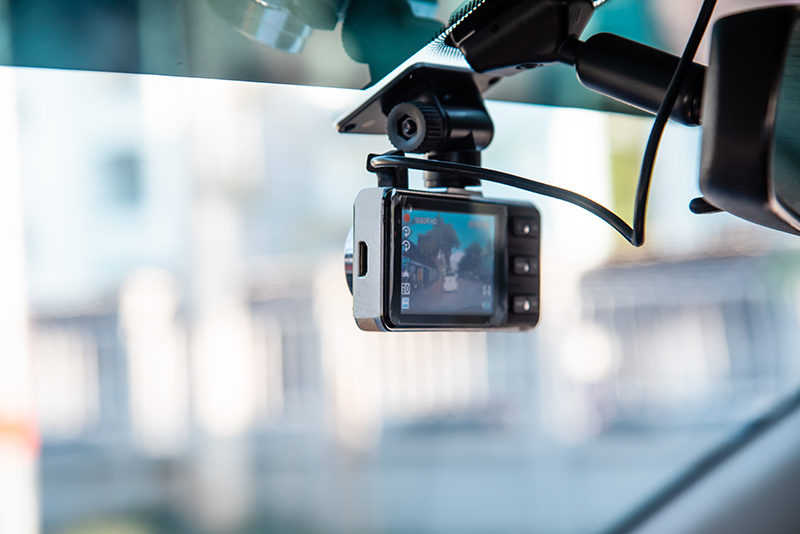In today's world, constructions are a common sight, but it can also cause disruptions and pose serious risks to our critical infrastructures. One of the most catastrophic outcomes of construction is when it results in cable cuts which will affect the community, especially in services related to health, emergency response 999, banking and finance.
A cable cut can be defined as a break in an optical fibre, whether underground or above ground. There are many ways this can happen but we will focus on how construction activities cause this. The effects are bad – when this happens, a fibre cable is damaged or destroyed. This results in a data outage, people lose lines of communication, internet connections, important data, and some will even lose mobile phone coverage completely.
In Malaysia, 38% of internet disruptions to critical and non-critical agencies are caused by optical fibre cable-cut incidents from a third-party construction. In fact, incidents such as these put the national and public interest at stake and that is no surprise, considering how reliant we are on technology and communication today.

In Malaysia, 38% of Internet disruptions to critical and non-critical agencies is caused by optical fibre cable-cut incidents from a third-party construction
Utilising Artificial Intelligence to prevent cable cuts
PATROL was developed by TM R&D with the aim of using technology to foresee risks and mitigate them immediately. It is an end-to-end integrated solution that uses artificial intelligence (AI), high quality video data, and accurate methodology to asses risks automatically in a timely manner. It was designed to prevent cable cuts by automating the detection of construction using AI-enabled video patrolling. The solution also allows for reports of any incidents to be made through a mobile app.
The AI model used is called Computer Vision, a concept that burst onto the scene in the last decade or so and proved efficient. This was due to its ability to detect objects in real time, eliminating errors and even human intervention.
Previously, TM uses manual processes to identify risks at construction sites, making this a long and tedious task. In addition, using manual processes ultimately drains resources in a company.
Exploring the mechanism behind PATROL
PATROL identifies potential risks in two ways. Firstly, through dashcams that can be installed in any kind of vehicle, so it is not limited by what you drive. The camera is set to detect any construction on the road and submits a report automatically.
The other way it operates is by using a mobile application. Employees on the ground are able to submit reports of any kind of construction activity around them. Both methods use 4G connectivity and are location-enabled through GPS.

Dashcams are set to detect any construction on the road and submit a report automatically
Now once a report is submitted, the back-end system compares the data received with TM’s fibre location data. If both matches, an alarm is triggered to the National Network Operation Centre (NNOC) via their mobile app and portal system. A supervisor then assigns the ticket to the field team who will go down to the scene of the report and mitigate any kind of damage. The monitoring and follow-up process is done very diligently until the ticket is closed.
According to initial prototype tests, PATROL showed promising results and is expected to provide a solid base for the operationalising automatic acquisition of construction risk information. This is also supported by the fact that research was conducted on seven different construction objects: road signs, excavators, backhoes, cranes, traffic cones, road barriers, and horizontal drilling machines.
Power of PATROL: How it stacks up against other solutions
It is true that every solution undergoes a trial and testing period, which is done in order to identify and rectify the changes or adjustments needed so the solution can perform optimally. Let us start with a drone.
Drones require permits due to legal reasons, so that means you cannot just fly your drone over any space you want. You would also need to be trained on how to fly one, as well as pay for lessons and permits. There have also been difficulties in charging the batteries of drones.
If we look at receiving data from a closed-circuit television (CCTV), there are other things to consider. For instance, the cost of CCTVs is known to be expensive and you also will need to ensure that there is a CCTV pole at the site. There is also a chance that the data or visuals received are static and only cover a specific area.
With PATROL, the installation is done by NNOC which provides a much larger, wider coverage area. On top of that, because it is mobile enabled, it minimises user intervention which means it is unlikely to be tampered with.

Drones require permits due to legal reasons, so that means you cannot just fly your drone over any space you want.
Improve business efficiency with PATROL
By using PATROL, it will not only improve business efficiency by automating an existing manual process, but it also helps to reduce costs. It is worth noting that detecting a fibre cut can reduce maintenance operation costs.
Additionally, PATROL understands that as a business, serving customers better is always the goal. This solution can prevent downtime because the main goal is to proactively reduce cable-cut incidents by either detecting them early or deploying a team to fix any damages.
About TM R&D
Established in 2000, TM R&D is a world-class R&D company of TM Group; with a special focus on Intelligent Connectivity, Advanced Analytics, Artificial Intelligence, IoT and Digital Platforms. The organisation helps businesses to solve operational issues and co-create solutions for the global market. To date, TM R&D has commercialised 18 solutions and deployed seven platforms for TM saving the Group millions in operational efficiency and support. Additionally, TM R&D has generated more than 2,800 Intellectual Property Rights (IPRs) with 100 percent adoption of all its innovations since 2016.
For more information about TM R&D and its innovations, visit www.tmrnd.com.my or email your inquiry to business@tmrnd.com.my or follow us on LinkedIn (TM Research & Development) for more news and updates.

